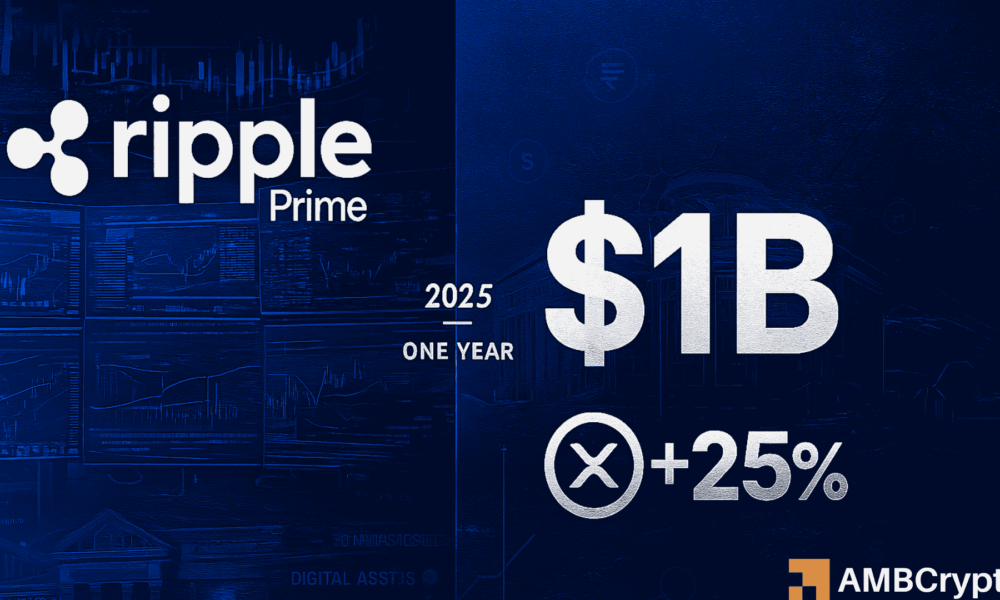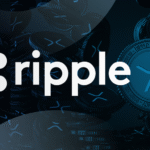Key Takeaways
What did Ripple announce on 3 November?
Ripple launched digital asset spot prime brokerage capabilities in the U.S. through Ripple Prime, while announcing that its RLUSD stablecoin reached $1 billion market cap.
What does the Hidden Road acquisition give Ripple?
The acquisition provides Ripple with multi-asset prime brokerage infrastructure, enabling institutional clients to access more services.
Ripple made dual announcements on 3 November that positions the company as a serious institutional crypto player: launching its U.S. prime brokerage platform and celebrating RLUSD’s climb to $1 billion market cap.
Prime Brokerage enters U.S. market
Ripple Prime now offers digital asset spot prime brokerage capabilities to U.S. institutional clients, following the October acquisition of Hidden Road.
The platform enables Over the Counter [OTC] spot transactions across dozens of major digital assets, including XRP and RLUSD.
“The launch of OTC spot execution capabilities complements our existing suite of OTC and cleared derivatives services in digital assets,”
said Michael Higgins, International CEO of Ripple Prime.
The acquisition transforms its service offerings. Institutions can now access foreign exchange, digital assets, derivatives, swaps, and fixed income through one platform.
Clients can cross-margin OTC spot transactions with their broader digital asset portfolio, including OTC swaps, CME futures, and options.
Ripple RLUSD hits $1 billion milestone
Ripple’s stablecoin reached $1 billion market cap just one year after launch.
The company positions RLUSD as “the #1 trusted and transparent stablecoin for institutions,” emphasizing its 1:1 USD backing.
The timing appears strategic. With Ripple Prime, GTreasury, and Rail now integrated, it claims RLUSD and XRP will “drive faster, efficient and compliant settlement worldwide.”
Despite the achievement, it remains outside the top 10 stablecoins, ranking at 13 in market cap, according to Coingecko data.
What this means for crypto
The Hidden Road acquisition gives Ripple infrastructure that traditional financial institutions understand: prime brokerage.
Banks and hedge funds have used prime brokers for decades to access multiple asset classes, manage collateral, and execute complex trading strategies.
By combining this familiar model with crypto capabilities, it removes a major barrier to institutional adoption.
Rather than offering isolated products, the company now provides an end-to-end infrastructure, including a trading platform [Ripple Prime], a settlement currency [RLUSD], and a bridge asset [XRP].
This positions it to compete directly with traditional financial infrastructure providers as crypto and traditional finance converge.
However, XRP dropped by over 5% today amid broader market jitters stemming from the Fed’s signals.







